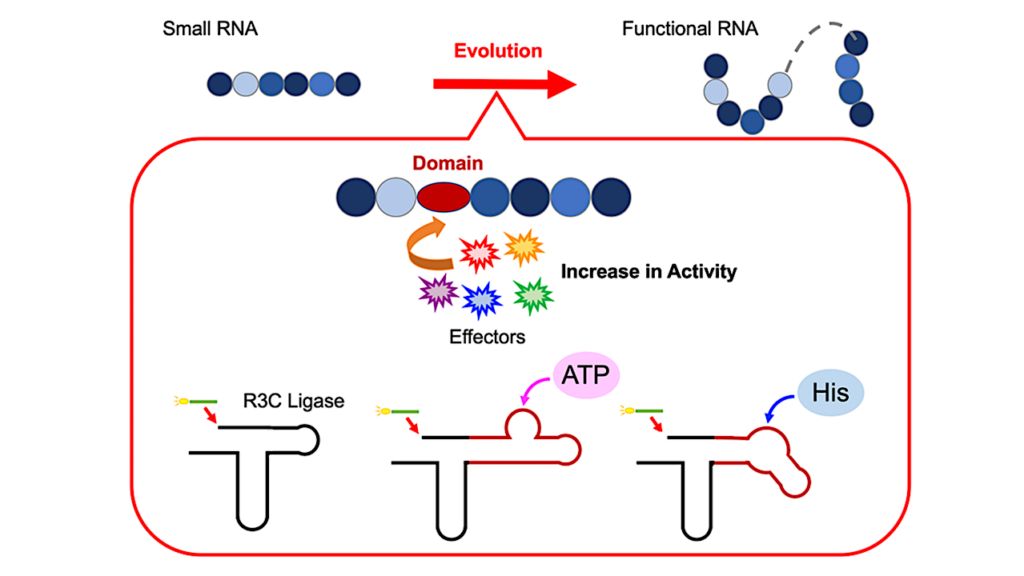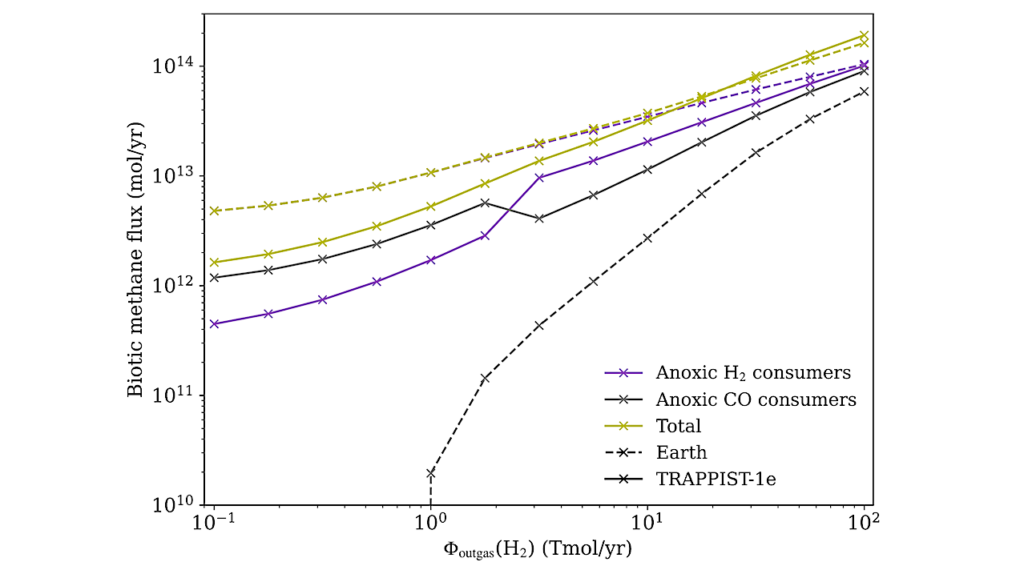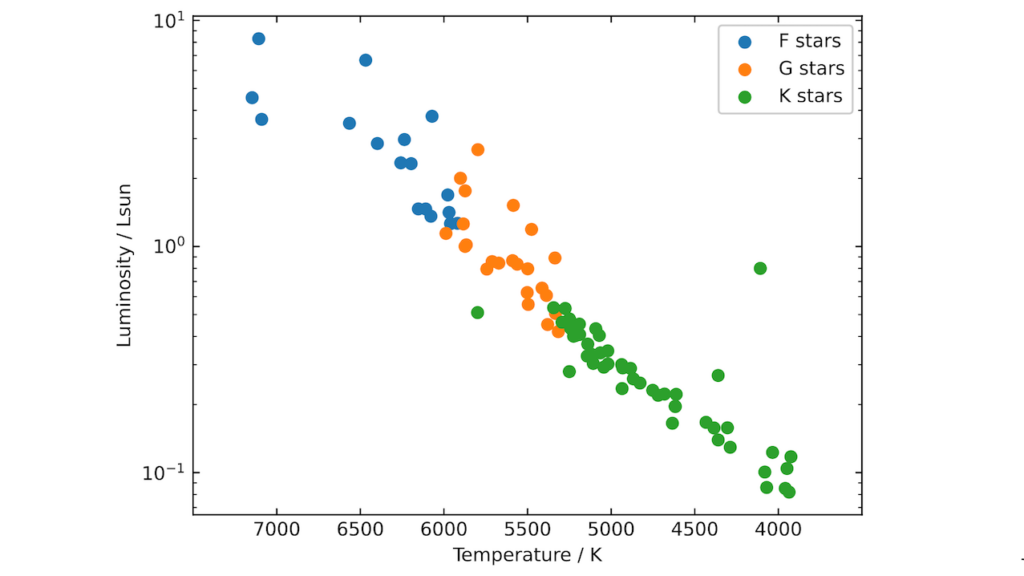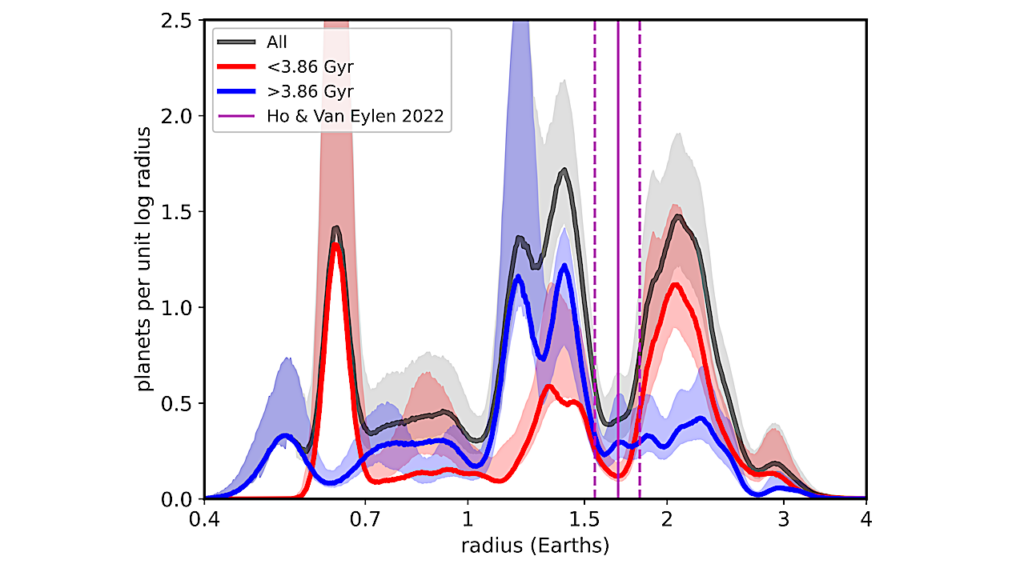Assessment of Isoprene as a Possible Biosignature Gas in Exoplanets with Anoxic Atmospheres

Research for possible biosignature gases on habitable exoplanet atmosphere is accelerating. We add isoprene, C5H8, to the roster of biosignature gases. We found that formation of isoprene geochemical formation is highly thermodynamically disfavored and has no known abiotic false positives.
The isoprene production rate on Earth rivals that of methane (~ 500 Tg yr-1). On Earth, isoprene is rapidly destroyed by oxygen-containing radicals, but its production is ubiquitous to a diverse array of evolutionarily distant organisms, from bacteria to plants and animals-few, if any at all, volatile secondary metabolite has a larger evolutionary reach. While non-photochemical sinks of isoprene may exist, the destruction of isoprene in an anoxic atmosphere is mainly driven by photochemistry.
Motivated by the concept that isoprene might accumulate in anoxic environments, we model the photochemistry and spectroscopic detection of isoprene in habitable temperature, rocky exoplanet anoxic atmospheres with a variety of atmosphere compositions under different host star UV fluxes. Limited by an assumed 10 ppm instrument noise floor, habitable atmosphere characterization using JWST is only achievable with transit signal similar or larger than that for a super-Earth sized exoplanet transiting an M dwarf star with an H2-dominated atmosphere.
Unfortunately, isoprene cannot accumulate to detectable abundance without entering a run-away phase, which occurs at a very high production rate, ~ 100 times Earth’s production rate. In this run-away scenario isoprene will accumulate to > 100 ppm and its spectral features are detectable with ~ 20 JWST transits. One caveat is that some spectral features are hard to be distinguished from that of methane. Despite these challenges, isoprene is worth adding to the menu of potential biosignature gases.
Zhuchang Zhan, Sara Seager, Janusz Jurand Petkowski, Clara Sousa-Silva, Sukrit Ranjan, Jingcheng Huang, William Bains
Comments: 62 pages, 24 figures
Subjects: Earth and Planetary Astrophysics (astro-ph.EP); Chemical Physics (physics.chem-ph)
Cite as: arXiv:2103.14228 [astro-ph.EP] (or arXiv:2103.14228v1 [astro-ph.EP] for this version)
Submission history
From: Zhuchang Zhan
[v1] Fri, 26 Mar 2021 02:38:36 UTC (10,535 KB)
https://arxiv.org/abs/2103.14228
Astrobiology, Astrochemistry,








